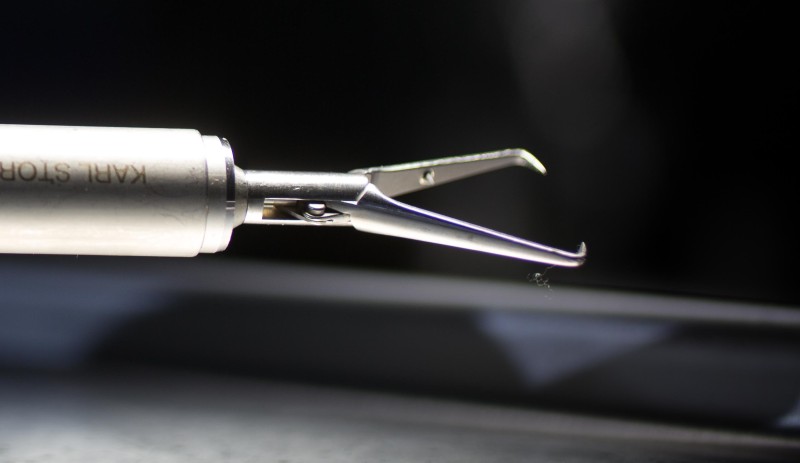- September 2, 2014
Have you heard about the recent discussion on power morcellation?

![]() On July 10th and 11th, the Food and Drug Administration (FDA) held an important meeting with the Obstetrics and Gynecology Devices Panel of the Medical Devices Advisory Committee discussing the risks of power morcellation. The scientific data was explained and discussed with clinical opinion experts, families that have been affected, and medical scientists throughout the nation.
On July 10th and 11th, the Food and Drug Administration (FDA) held an important meeting with the Obstetrics and Gynecology Devices Panel of the Medical Devices Advisory Committee discussing the risks of power morcellation. The scientific data was explained and discussed with clinical opinion experts, families that have been affected, and medical scientists throughout the nation.
The first power morcellation devices for gynecological purposes were approved by the FDA in 1995. These devices allow gynecological surgeons to remove large fibroids (noncancerous smooth muscle tumors that grow within the walls of the uterus) and uteri, during laparoscopic hysterectomy and laparoscopic myomectomy procedures. Power morcellators break down, or “morcellate,” the uterus and fibroids into smaller pieces to allow removal through the small laparoscopic ports. These ports are usually 0.5 cm to 1 cm long, while fibroids can grow quite large. Sometimes during the power morcellation process, tiny pieces of fibroids or uterine muscle aren’t completely removed. Rarely, these pieces attach themselves to other organs or tissues and survive, and can grow in the abdomen and pelvis.
On occasion, the uterus or a fibroid within the uterus, contains a cancer known as a sarcoma. Unfortunately, there is no reliable way of diagnosing a sarcoma before surgery. If a sarcoma is inadvertently morcellated, the cancer stage will be much more advanced due to the sarcoma exposure throughout pelvis and abdomen. As a result, a patient’s survival chances are much worse.
After hours of research and discussion, the FDA concluded that the incidence of sarcoma is higher than previously thought in women that are undergoing surgical treatment of fibroids. This incidence is approximately 1 in 352 women undergoing hysterectomy or myomectomy. Because the risk of sarcoma is higher than previously thought, the United States’ Food and Drug Administration discouraged the use of laparoscopic power morcellation to remove uterine fibroids and uteri based on the gathered information and discussions.
If you have had a procedure where power morcellation was used, it’s important to know that if your pathology was benign (not cancerous) you do not need to worry that you have cancer from this procedure. As with anything, if there is a change in the way you feel, your appetite, weight loss or gain or abdominal bloating or pain, you are encouraged to seek medical attention.
Here at The Center for Innovative GYN Care (CIGC), we have always chosen to NOT use power morcellation. Instead, we use many techniques that allow us to perform minimally invasive surgery without the use of power morcellators. Our techniques have been applied to thousands of cases for hysterectomy, cancer, endometriosis, pelvic masses, and prolapse procedures. We are able to perform these minimally invasive procedures on any size uterus with fewer incisions. If you have been told that you need an open or robotic procedure for your gynecologic condition, we encourage you to seek a second opinion. We hope that you allow us to provide you with the most innovative care to help you get back to the life you want!
Call 1-888-787-4379 or contact us with any questions.
- Read the full article:
- Posted in: GYN Surgery







